
TAL effector driven induction of a SWEET gene confers susceptibility to bacterial blight of cotton
Plant Science Research Weekly, Research0 Comments
/
Plants undergo photosynthesis in leaves to produce carbohydrates sucrose and starch. The sucrose is transported to other parts of the plants via sugar transporters called SWEET proteins. In addition, certain plant pathogens activate SWEET genes to invade their host. As shown in this paper, during bacterial…
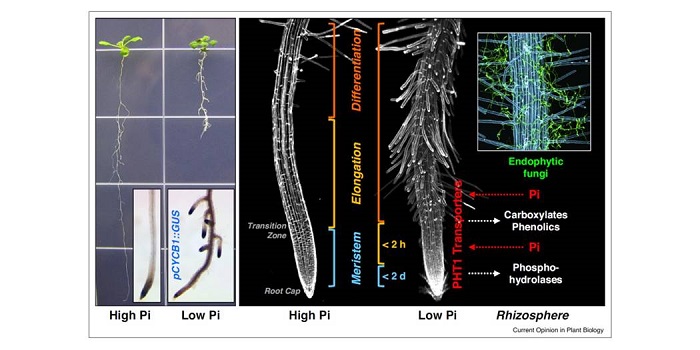
Review: Phosphate scouting by root tips ($)
Plant Science Research Weekly, ResearchPhosphate is both really important (think of its abundance in DNA, RNA, ATP, and membrane lipids), and really difficult to assimilate due to its insolubility and immobility in soil. Phosphate is frequently limiting for growth, meaning that it is widely applied as fertilizer, but global supplies of phosphate…
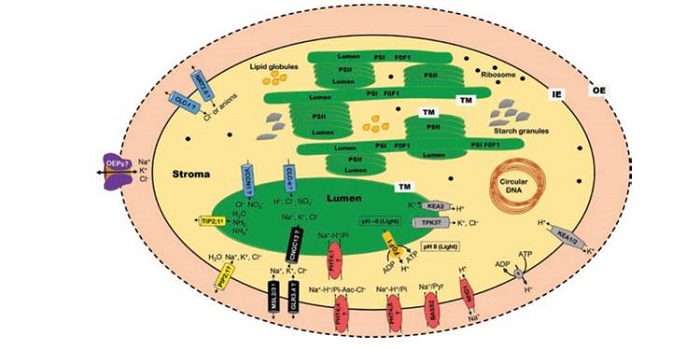
Review: Chloroplast function and ion regulation in plants growing on saline soils: lessons from halophytes ($)
Plant Science Research Weekly, ResearchSalinity is a growing problem for food production. Progress has been made in understanding how plants tolerate salinity, mostly focused on strategies for tolerance at the plasma membrane and cytosol. Bose et al. review studies that focus on how the chloroplast is affected by salinity. The authors review…
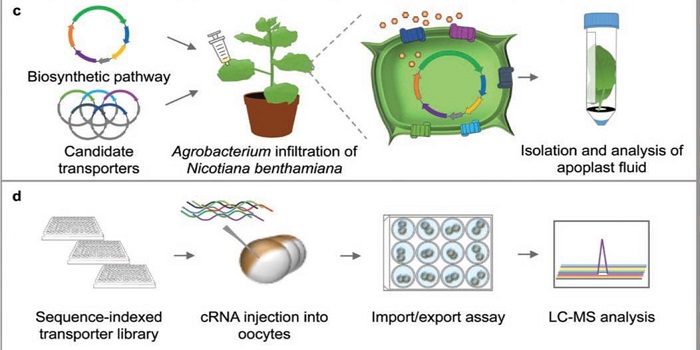
Review: Advances in methods for identification and characterization of plant transporter function ($)
Plant Science Research Weekly, ResearchTransporters are massively important for the functions of a cell and organism, but also notoriously difficult to study. Larsen et al. review advances in the tools available for transporter research, ranging from expression in Xenopus oocytes to genetic screens using toxic analogues and fluorescent substrates,…
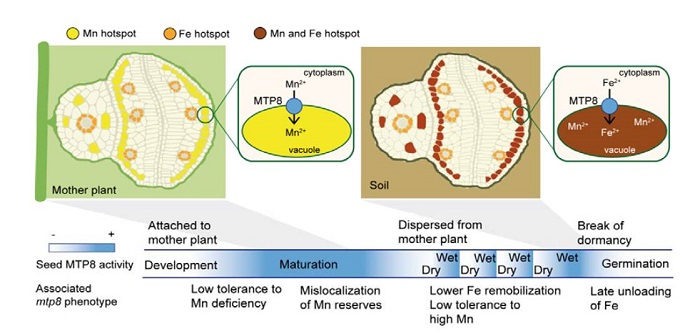
Metal Tolerance Protein 8 mediates Mn and Fe homeostasis in seeds
Plant Science Research Weekly, ResearchPlants and seeds are the main dietary source of essential micronutrients in the food chain. The processes regulating transport of micronutrients to and within seeds are critical for germination and enrichment of seeds. Metal transport protein 8 (MTP8) has been characterized as a tonoplast Mn transporter…

Sugar suppression of aquaporin expression and leaf hydraulics ($)
Plant Science Research Weekly, ResearchSugar is a signal as well as an energy source, and plants monitor sugar levels to maintain an appropriate growth rate and rate of photosynthesis. A new study by Kelly et al. points to a role for sugars in the expression and activity of plasma-membrane (PIP) aquaporins. Aquaporins (AQP) are membrane channels…
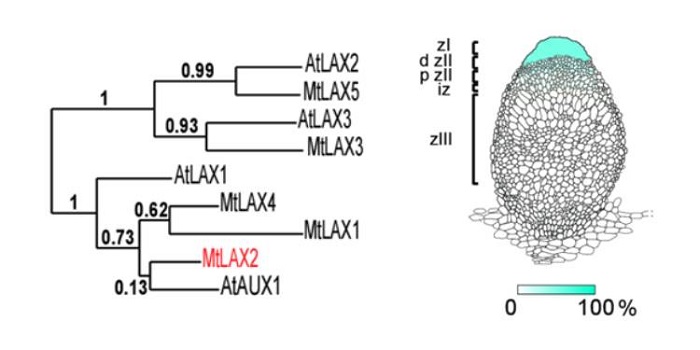
MtLAX2, a functional homologue of the auxin influx transporter AUX1, is required for nodule organogenesis
Plant Science Research Weekly, ResearchNodules are specialized structures that form symbiotic, nitrogen-fixing associations with rhizobia on some plants including Medicago truncatula. Previous work has shown that auxin signalling is involved in nodule formation. Roy et al. extend this knowledge through the identification of a Medicago gene…

Phosphatidylinositol 3-phosphate–binding protein AtPH1 controls the localization of the metal transporter NRAMP1
Plant Science Research Weekly, ResearchNRAMPs are transporters of iron (Fe) and manganese (Mn). The nramp3nramp4 double mutant arrests shortly after germination, due to its inability to remobilize Fe from seed vacuolar stores. Agorio et al. used a genetic approach to identify nns1, a partial suppressor of the growth-arrest phenotype. They…

Review: Arsenic transport in rice and biological solutions to reduce risk
Plant Science Research Weekly, ResearchRice is a staple food for half of the world’s population, but it accumulates the toxic metalloid arsenic (As), which is present in soils and in plants in two forms, arsenate (AsV) and arsenite (AsIII). Chen et al. review the genetics and biochemistry of As uptake and sequestration into the rice grain,…

